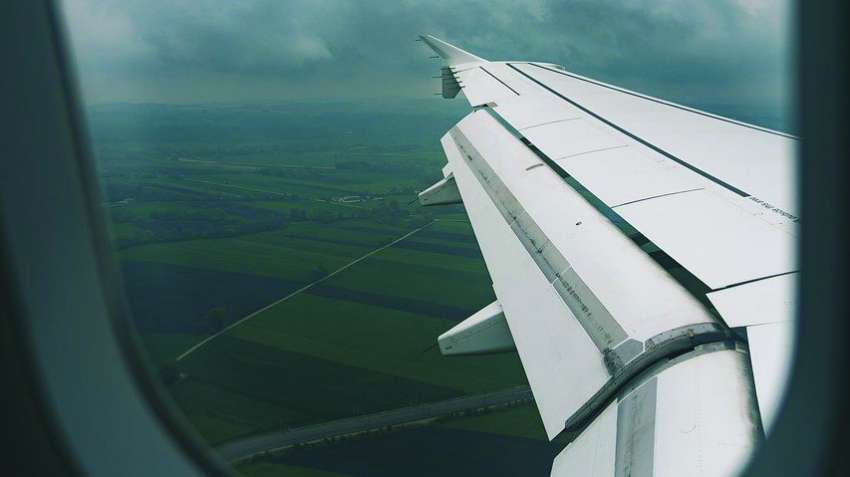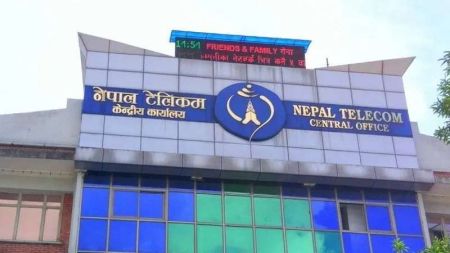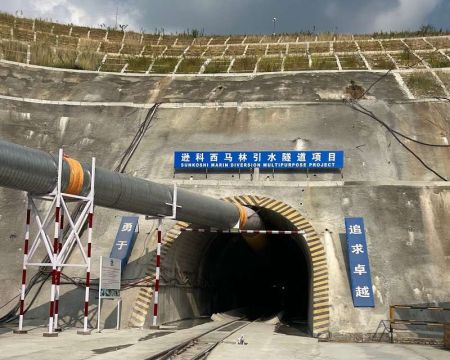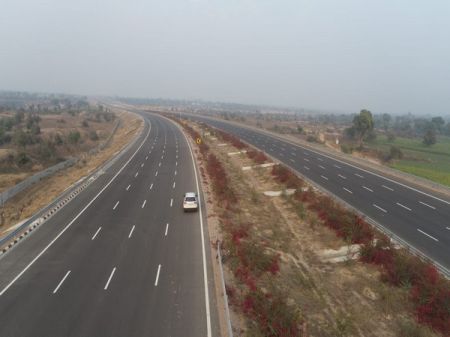The plane was flying en route at a regular pace when suddenly the pilot illuminated the seat belt indicator and made an announcement, "Ladies and gentlemen, please take your seats, fasten your seatbelts, and close the tray tables. Due to turbulence, the plane may experience shaking." Passengers who had been quietly sitting in their seats, reading books, lounging around, chatting, laughing, or moving to and from the restroom, became alert. They started fastening their seat belts. The commotion on the plane due to turbulence caught everyone's attention. Some passengers, experiencing turbulence on a domestic flight in Nepal, say, "The flight experience on this airline was not a good one. It was quite turbulent." Some even make comments such as "The pilot doesn't seem to have much experience in flying planes."
During seasons with unpredictable weather, most passengers will encounter aircraft swaying for a few seconds or minutes. In such situations, it is natural for first-time passengers to feel nervous. Turbulence tends to cause slightly more shaking at the back of the aircraft than at the front.
According to Dr. Jagannath Niraula, a senior pilot working as an expert in the Civil Aviation Authority of Nepal, there has never been a plane crash due to turbulence in Nepal's seven-decade aviation history. No instances of plane crashes caused by turbulence have been recorded.
A similar experience is recounted in the book "Everest from the Air," authored by Captain Bed Upreti. In 1997, while a Japanese photographer was taking photos of the mountains from an altitude of 27,000 feet aboard a chartered flight of Necon Air's Cessna Caravan single-engine plane, the aircraft descended about 4,000 feet in the Makalu region. As they delve into this 'thriller', readers will be on the edge of their seats, discovering how Captain Suresh Bista and Bed Upreti regained control of the aircraft during turbulence and restored it to its normal altitude.
Turbulence caused by weather is a natural occurrence. No aircraft in the world is completely immune to turbulence. If a flight encounters severe turbulence en route, the pilot will manually divert the plane. For instance, if a plane is travelling to Kathmandu from Bhadrapur or any destination outside the valley, and it cannot enter the valley, the pilot will attempt to approach from Simra. If that proves unfeasible, the plane will return to Biratnagar or Janakpur.
According to an instructor pilot of an ATR aircraft, the air in the atmosphere is always in motion. Aeroplanes essentially utilise this wind speed for flight. The consistent airflow over and under the aircraft's wings aids in stable flight. However, the wind is not always constant. A sudden irregular flow of the wind causes turbulence. A pilot seated in the cockpit can anticipate turbulence during a flight. Even before taking off, while preparing for the flight on the ground, the pilot is already aware of the destination and the en-route weather conditions. However, the commotion that ensues after takeoff triggers panic among passengers lost in their own worlds. Yet, some passengers familiar with turbulence remain unsurprised, sitting calmly in the cabin without distress.
Aviators identify numerous causes of turbulence. However, the aviation sector primarily discusses four main types: wind-induced turbulence, temperature-related turbulence, mechanical turbulence, and wake turbulence. Mechanical turbulence results from pilot commands or technical issues with the aircraft, while wake turbulence stems from the aircraft's movement during flight. The other two types are wind-induced turbulence and turbulence caused by opposite temperatures.
In most domestic flights in Nepal, aircraft encounter turbulence due to weather conditions. From pre-monsoon to post-monsoon, the westerly wind begins moving across the Indian subcontinent, originating in Bangladesh. When the sun's heat increases, it generates clouds from the water vapour in the atmosphere, which results from the earth's surface warming up. These moisture-laden clouds cause the plane to shake. The radar in the cockpit of an en-route plane can detect such clouds, including their volume and density. Based on the colour displayed in the radar, the pilot categorises the severity of turbulence as light, moderate, or severe. Even in a moisture-free atmosphere, the plane may experience mild shaking.
However, certain occurrences are more perilous than turbulence. Windshear, a sudden change in wind speed or direction in the atmosphere, often challenges planes during landings. Turbulence due to windshear is inevitable when an aircraft takes off or lands.
Another pilot, with extensive experience flying ATR aircraft and now working in India, adds that stormy, thundery, or foggy weather can also induce turbulence. Cumulonimbus clouds, characterised by lightning, thunder, and hail, are another contributing factor. "Small aircraft can also face turbulence when strong winds blow from south to north or vice versa. Therefore, many small planes avoid flying near the Himalayas after 11 am to 12 pm, as increased wind speed midday can damage planes. Turbulence isn't limited to planes; it also affects ships and buses, but its impact is most pronounced on aircraft.
Hence, turbulence isn't an isolated occurrence among many flights. However, to date, no inventions have been developed to fully mitigate its effects. Therefore, pilots recommend that passengers who fear turbulence opt for flights before 11 am. During the morning, the earth's surface heat remains relatively low, preventing the formation of moisture-laden clouds that induce turbulence. This guideline applies throughout all seasons in Nepal.
Link: Buddha Air Nepal’s No. 1 Domestic Airlines






















